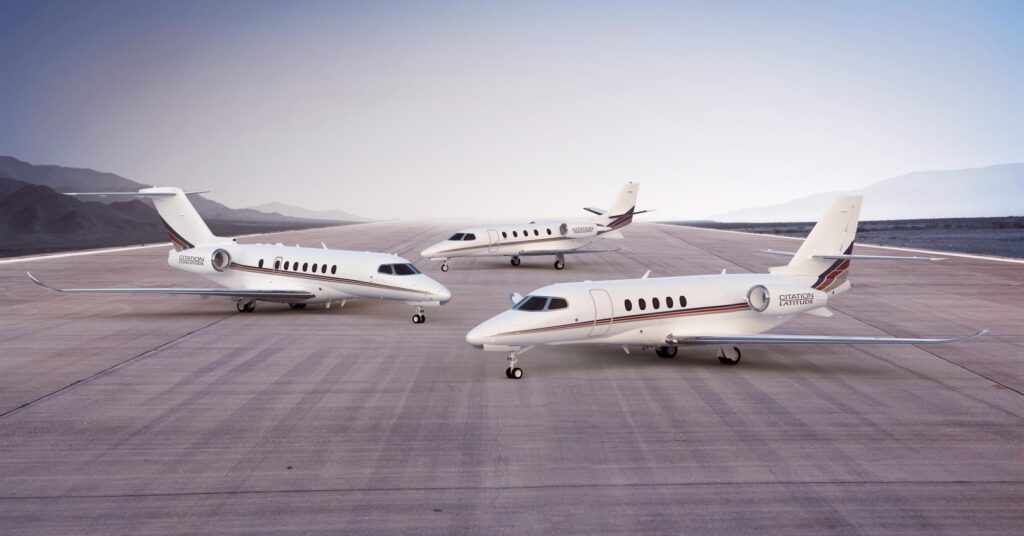So, you’ve taken the plunge and decided to become the proud owner of an aircraft. Congratulations! Owning your own aircraft can be an exhilarating experience, offering unparalleled freedom and flexibility in your travels. However, before you soar into the skies, it’s essential to understand that the costs associated with aircraft ownership go far beyond the initial purchase price.
Initial Purchase Price: Just the Beginning
Purchasing an aircraft is undoubtedly a significant financial investment. Whether you’re buying a brand-new plane or opting for a pre-owned model, the upfront cost can be substantial. However, it’s crucial to recognize that the initial purchase price is just the tip of the iceberg when it comes to aircraft ownership expenses.
Recurring Costs: Keeping Your Aircraft Airborne
Hangar Fees
One of the first recurring expenses you’ll encounter is hangar fees. Storing your aircraft in a hangar provides protection from the elements and helps to maintain its condition. Hangar rental fees vary depending on factors such as location, size, and amenities. Be sure to factor this expense into your budget.
Maintenance and Repairs
Regular maintenance is essential to keep your aircraft safe and airworthy. From routine inspections to unexpected repairs, maintenance costs can quickly add up. It’s wise to set aside a portion of your budget for ongoing maintenance expenses, including engine overhauls, avionics upgrades, and component replacements. Make sure you pair up with a reliable and safe parts supplier too, like Pilot John International.
Insurance Premiums
Aircraft insurance is a non-negotiable expense for any aircraft owner. Premiums are determined by factors such as the type of aircraft, its usage, pilot experience, and coverage limits. While insurance can be costly, it provides invaluable protection against liability and damage to your aircraft.
Fuel Costs
Fuel is the lifeblood of any aircraft, enabling it to take to the skies and reach its destination. The cost of aviation fuel can fluctuate due to factors such as oil prices and geopolitical events. Be sure to monitor fuel prices closely and budget accordingly for your flying adventures.
Operating Expenses: The Cost of Flying
Pilot Training and Certification
As an aircraft owner, you’ll need to ensure that you and any other pilots who will be operating the aircraft are properly trained and certified. This may involve enrolling in flight training programs, obtaining various licenses and ratings, and undergoing recurrent training to stay current and proficient.
Navigating the skies safely requires access to essential services such as air traffic control and weather updates. Depending on your location and flight operations, you may incur fees for services such as flight planning, airspace navigation, and communication with air traffic control.
Landing and Parking Fees
When flying to different airports, you may encounter landing and parking fees. These fees vary depending on factors such as the size of the aircraft, duration of stay, and airport facilities. It’s essential to research and budget for these fees when planning your trips.
Hangarage and Tie-Down Fees
In addition to hangar rental fees at your home base, you may encounter hangarage and tie-down fees when parking your aircraft at other airports. These fees can vary depending on the location and availability of hangar and tie-down space.
Financial Planning: Tips for Managing Aircraft Ownership Costs
1. Create a Detailed Budget
Start by creating a comprehensive budget that outlines all potential expenses associated with aircraft ownership. Include both recurring costs and one-time expenses, and be sure to account for fluctuations in fuel prices and maintenance requirements.
2. Set Aside Emergency Funds
Unexpected expenses can arise at any time, so it’s essential to set aside emergency funds to cover unforeseen costs. Aim to maintain a buffer in your budget to handle emergencies such as unscheduled maintenance or insurance claims.
3. Prioritize Safety and Compliance
While it may be tempting to cut corners to save money, safety should always be your top priority as an aircraft owner. Invest in regular maintenance, training, and safety equipment to ensure that your aircraft remains airworthy and compliant with regulatory requirements.
If the costs of sole ownership are prohibitive, consider alternative ownership models such as shared ownership or fractional ownership. These arrangements allow multiple individuals or entities to share the costs and responsibilities of aircraft ownership, making it more accessible and affordable.
Flying High with Financial Preparedness
Remember, with proper financial preparedness, the sky’s the limit!
Frequently Asked Questions (FAQs)
Q: How much does it cost to buy an aircraft?
A: The cost of purchasing an aircraft can vary widely depending on factors such as the make and model, age, condition, and features of the aircraft. New aircraft can range from hundreds of thousands to millions of dollars, while pre-owned aircraft may be more affordable but still require a significant investment.
Q: What are the ongoing maintenance costs for an aircraft?
A: Ongoing maintenance costs for an aircraft can vary depending on factors such as the type of aircraft, its age and condition, and the frequency of use. Routine inspections, engine overhauls, avionics upgrades, and unexpected repairs are all potential expenses to consider when budgeting for maintenance.
Q: How much does aircraft insurance cost?
A: The cost of aircraft insurance varies depending on factors such as the type of aircraft, its usage, pilot experience, coverage limits, and deductible. Premiums can range from a few hundred to several thousand dollars per year, but provide essential protection against liability and damage to your aircraft.
Q: Are there ways to reduce the costs of aircraft ownership?
A: Yes, there are several strategies for reducing the costs of aircraft ownership. These include sharing ownership with others through arrangements such as shared ownership or fractional ownership, choosing a more fuel-efficient aircraft, minimizing unnecessary expenses, and prioritizing safety to avoid costly accidents or incidents.






